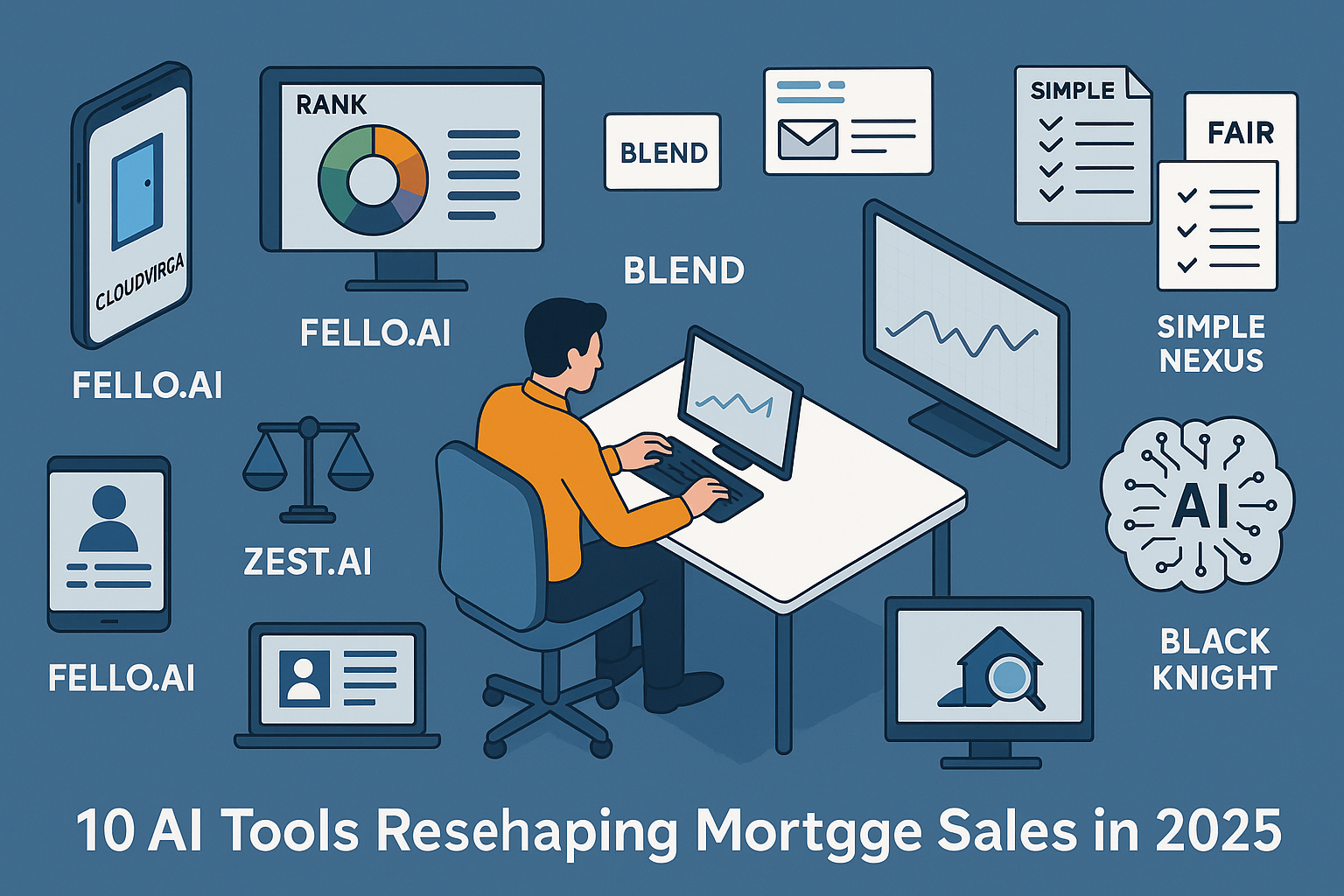What's in this article?
In 2024, mortgage lenders originated approximately 6.09 million loans totaling $1.82 trillion. Yet despite this massive volume, many lenders unknowingly sabotage their own success through flawed lead scoring systems. While properly implemented lead scoring can reduce customer acquisition costs and increase conversion rates by up to 40%, broken systems create the opposite effect, driving away qualified prospects and diminishing profitability.
The harsh reality is that 73% of mortgage leads never convert, and many lenders blame their marketing when the real culprit is their lead scoring methodology. This article reveals seven critical warning signs that your lead scoring system has become a liability rather than an asset.
1. Your Team Consistently Ignores the Lead Scores
When loan officers consistently bypass your lead scoring recommendations, it signals a fundamental disconnect between the system’s output and real-world performance. Common reasons include:
- High-scored leads fail to convert while low-priority leads unexpectedly close
- Experienced MLOs disregard the model and trust their own judgment
- The model ignores market timing, geography, or product type nuances
The Cost: Manual workarounds waste 2–3 hours daily per MLO and drag down team productivity by up to 35%.
2. Compliance Red Flags Are Multiplying
If your scoring system disproportionately deprioritizes certain borrower groups, you’re exposed to massive legal and reputational risk.
- Lower approval rates among similar-profile minority applicants
- Geographic or employment-type biases in scoring
- CFPB scrutiny over AI “black boxes” is intensifying
Regulators are already fining lenders millions for fair lending violations linked to algorithmic bias.
3. Your Conversion Rates Are Declining Despite More Leads
A broken lead scoring model often delivers the illusion of scale—but actually reduces efficiency.
- Quantity over quality prioritization
- Outdated scoring logic not adapting to borrower behavior
- AI model “drift” due to lack of retraining or feedback loops
Benchmarks: Healthy lenders convert 8–12% of leads. Below 3%? It’s time to audit your scoring system.
4. Customer Satisfaction Scores Are Dropping
According to J.D. Power, accurate lead scoring boosts satisfaction by over 40 points. Broken systems erode trust by:
- Ignoring high-intent leads
- Sending boilerplate content to ready-to-close buyers
- Delaying outreach on warm prospects due to bad score assignments
This hurts NPS, referral volume, and repeat business.
5. Your Technology Stack Is Fighting Itself
If your CRM, LOS, and marketing systems don’t trust or understand each other’s scoring logic:
- Leads are duplicated or misrouted
- Follow-up is triggered at the wrong time or not at all
- Sales and marketing blame each other for quality breakdowns
Integration failures can reduce team efficiency by 25–40%.
6. ROI on Marketing Spend Is Mysteriously Low
When scoring misaligns with real purchase intent:
- Paid media campaigns drive junk traffic
- MQLs don’t convert to SQLs
- Email and retargeting budgets hit cold prospects
Marketing isn’t broken—your scoring system is.
7. Your System Can’t Explain Its Decisions
Today’s regulatory landscape demands transparency.
- Can your model show why a lead scored 72 vs. 42?
- Can you explain outcomes during a CFPB audit?
- Can MLOs learn and improve using the system’s logic?
If not, your lead scoring is a liability, not a tool.
The Path Forward: AI-Powered Lead Management
Leading mortgage lenders are moving beyond static scorecards to dynamic, AI-powered platforms.
| Traditional Scoring | AI-Powered Scoring |
| Fixed demographic rules | Adaptive behavior analytics |
| Siloed data sources | Integrated real-time inputs |
| Infrequent updates | Continuous machine learning |
| Manual score overrides | Personalized engagement cues |
| Compliance blind spots | Built-in fairness monitoring |
Take Action: Evaluate Your Lead Scoring Impact
If you recognize three or more of these red flags, your lead scoring system may be doing more harm than good.
Start with a conversion audit. Compare scored leads vs. actual closes. Examine score distributions across protected classes. Ask your MLOs if the system helps or hinders.
Then explore intelligent lead management solutions like ProPair.ai, which combine predictive analytics with explainability, compliance safeguards, and CRM integrations. Most lenders see 15–25% conversion lifts and positive ROI in 90–120 days.
Discover AI-Powered Lead Management Solutions →
Frequently Asked Questions
How often should mortgage lead scoring models be updated?
Monthly performance reviews and quarterly recalibrations are industry best practice. AI models should adapt continuously based on feedback loops.
What’s the conversion impact of a modern AI scoring system?
Most lenders report a 15–25% improvement in lead-to-close rates within 6 months of implementation.
How do I ensure compliance with fair lending rules?
Use explainable AI, run regular bias audits, and document decision logic for all lead scoring activity.
Which data sources are most effective?
Combine credit, behavioral, engagement, demographic, and property data—while observing privacy rules and consent laws.
What does it cost to upgrade lead scoring?
Enterprise-grade AI lead scoring platforms typically cost $500–$2,000 per MLO/month. Most clients achieve full ROI within 3–4 months.



